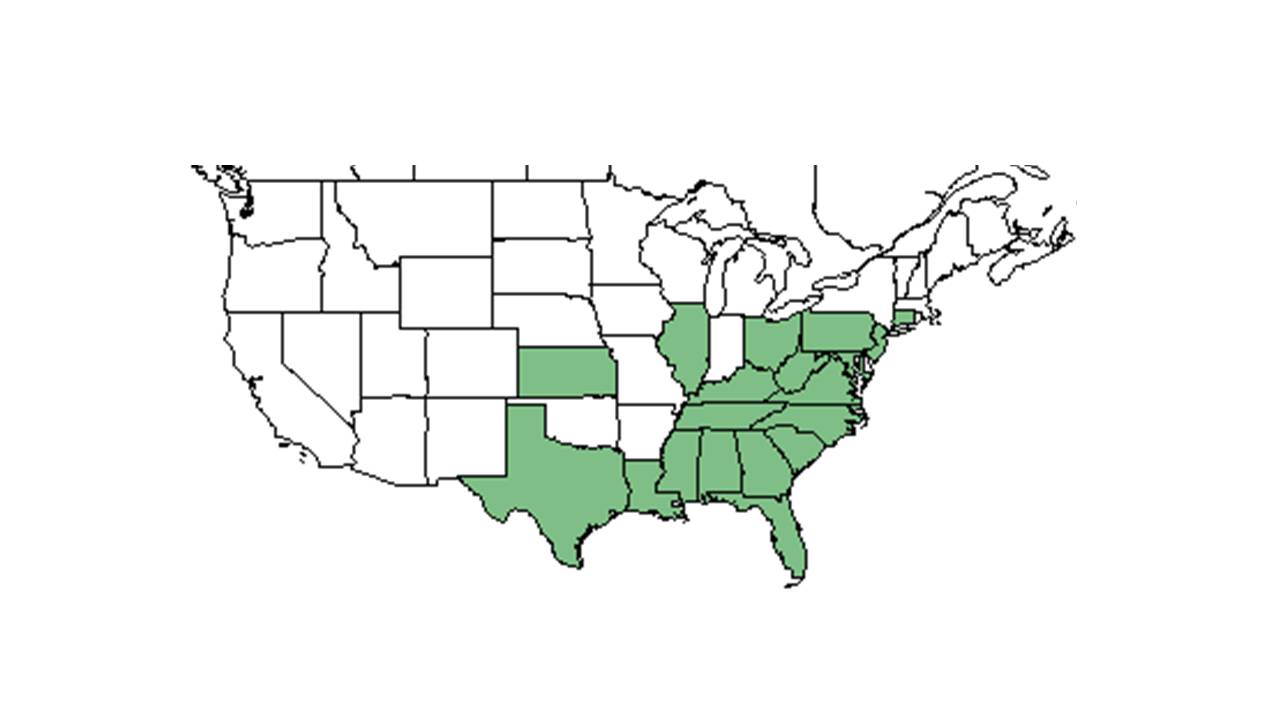Difference between revisions of "Agrimonia microcarpa"
(→References and notes) |
(→Description) |
||
| Line 19: | Line 19: | ||
==Description== | ==Description== | ||
<!-- Basic life history facts such as annual/perrenial, monoecious/dioecious, root morphology, seed type, etc. --> | <!-- Basic life history facts such as annual/perrenial, monoecious/dioecious, root morphology, seed type, etc. --> | ||
| − | Common names: Smallfruit Agrimony | + | Common names: Smallfruit Agrimony; Low Agrimony |
Is found in the northern peninsula and down to the central panhandle of Florida; flowering summer to fall (Wunderlin and Hansen 2003). | Is found in the northern peninsula and down to the central panhandle of Florida; flowering summer to fall (Wunderlin and Hansen 2003). | ||
Revision as of 15:27, 30 June 2015
| Agrimonia microcarpa | |
|---|---|

| |
| Photo was taken by Gil Nelson | |
| Scientific classification | |
| Kingdom: | Plantae |
| Division: | Magnoliophyta - Flowering plants |
| Class: | Magnoliopsida - Dicotyledons |
| Order: | Rosales |
| Family: | Rosaceae |
| Genus: | Agrimonia |
| Species: | A. microcarpa |
| Binomial name | |
| Agrimonia microcarpa Wallr. | |

| |
| Natural range of Agrimonia microcarpa from USDA NRCS Plants Database. | |
Contents
Description
Common names: Smallfruit Agrimony; Low Agrimony
Is found in the northern peninsula and down to the central panhandle of Florida; flowering summer to fall (Wunderlin and Hansen 2003).
Distribution
Occur within the mid to southeastern coastal region of the United States – and some adjacent areas. [1] [2]
Ecology
Agrimonia microcarpa has been recognized as a distinct species or as a variety of Agrimonia pubescens.[3] Both taxa share the same types of distribution of hairs, have flowers alternate on the inflorescence rachis and tuberous roots.[2]
Habitat
Found frequently in mesic sites of open deciduous and mixed woods to 600 meters in elevation.[2] Found in Southern mixed hardwood forests and dry to moist woodlands. [4]. Is found in mesic hammocks (Wunderlin and Hansen 2003).
Phenology
Flowering from late July to September.[2]
Seed dispersal
Seed bank and germination
Fire ecology
Pollination
Use by animals
Diseases and parasites
Conservation and Management
Cultivation and restoration
Photo Gallery
References and notes
Wunderlin, Richard P. and Bruce F. Hansen. Guide to the Vascular Plants of Florida. Second edition. 2003. University Press of Florida: Gainesville/Tallahassee/Tampa/Boca Raton/Pensacola/Orlando/Miami/Jacksonville/Ft. Myers. 579. Print.
- ↑ Kline, G. J. and P. D. Sorensen (2008). "A revision of Agrimonia (Rosaceae) in North and Central America." Brittonia: 11-33.
- ↑ 2.0 2.1 2.2 2.3 Sorensen, G. J. K. a. P. D. (2008). "A revision of Agrimonia (Rosaceae) in North and Central America." Brittonia: 11-33.
- ↑ Ahles 1964, more citation needed.
- ↑ Nelson 2006 – Atlantic Coastal Plain Widlflowers: A Field Guide to the Wildflower of the Coastal Regions of Viriginia, North Carolina, South Georgia, and Northeastern Florida. Guilford, CT: FalconGuide, 2006. 201. Print.